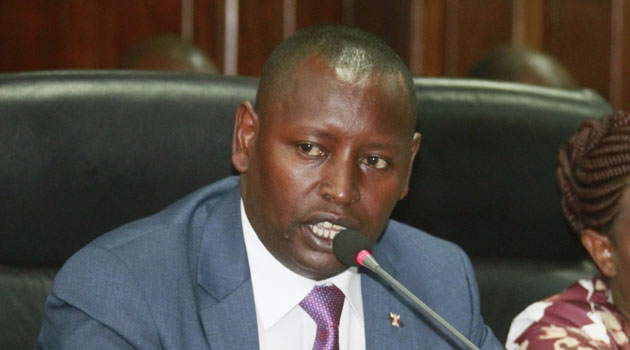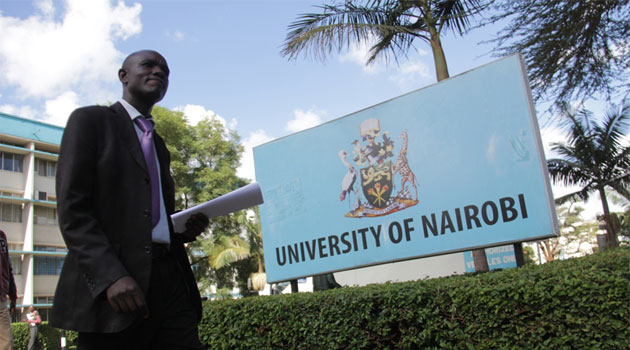GUANTANAMO BAY, Jan 22 – Beaten, humiliated, chained and dumped in tiny, dark solitary cells, prisoners released from Guantanamo Bay say their time in such hellish conditions will haunt them for years.
"Nobody can imagine how horrible it was. Even the devil couldn’t have created such a bad, bad place," Mustafa Ait Idir told AFP in December, freed after seven years in the US military base in southern Cuba.
"I was questioned and beaten more than 500 times during those seven years," Idir alleged. "The guards used to come in groups of six or seven, always using a spray against us first, and then the beatings would start."
The Algerian-born computer technician was speaking from his adopted home in Sarajevo, Bosnia, two days after being released from the remote jail on the orders of a US federal judge after no charges were ever brought against him.
"I once saw a doctor with a group of guards. The doctor pointed to different places on a body of a prisoner saying ‘hit him here.’ After the beating, there were no visible marks on the body but that man was in such pain he couldn’t move," he said.
The prisoners, rounded up in the US "war on terror" launched by then president George W. Bush in the wake of the September 11, 2001 attacks, were initially denied any contact with the outside world.
For three years they saw no-one other than their guards, recalled lawyer David Remes, representing about 20 Guantanamo inmates.
It was not until the end of 2004 that the first advocates were allowed to visit their clients.
All lawyers contacted by AFP described their shock the first time they were given access to the camp, even though for security reasons they could not give details.
But glimpses of life inside the jail have slipped out as the years have gone by.
Lawyer Stephen Oleskey described how his client Lakhdar Boumedienne, who was also ordered released along with Idir, had been force-fed via a nasal tube during a seven-month hunger strike.
"Twice a day he is strapped onto a chair at seven points," said Oleskey.
"One side of his nose is broken, so they put it (the tube) in the other side … Sometimes it goes to his lung instead of his stomach. He can’t say anything because he has the mask on: that’s torture."
About 800 men have passed through the gates at Guantanamo, and around 245 are still languishing there awaiting the camp’s closure ordered to take place within the year by President Barack Obama.
Most of them have never been charged, and the inmates and the US administration face huge challenges ahead.
"We cannot sweep this dark chapter of our nation’s history under the rug by simply closing the Guantanamo detention camp. The new administration must investigate what went wrong and who should be accountable," Eric Stover, a University of California, a Berkeley researcher said in November.
He and fellow researcher Laurel Fletcher carried out a study on 72 freed Guantanamo inmates.
The study examined what Stover said was "an accumulative effect of exposure to shackling, prolonged confinement, sexual humiliations, exposure to extreme cold."
It talked of prisoners being chained for long periods in uncomfortable positions, exposed to deafening music and bright lights, causing cramps and hallucinations.
"These things happened over time, repeatedly, and we raise the question — and that we believe should be investigated further — whether this accumulative effect could in fact in many cases arise to the level of torture," Stover said.
Idir recalled how he was kept in a variety of bare cells, some in pitch-black darkness, others strongly-lit up. He said the prisoners were allowed to go outside every day but their conversations were often interrupted.
"As soon as they heard us talking, they turned on a kind of machine that produced terrible noise," he said.
Murat Kurnaz, a Turk born in Germany, told US lawmakers via a video link of his nightmarish five years in Guantanamo. Even though US authorities determined in 2002 that he had no terror links, he was not released until 2006.
"I did nothing wrong and I was treated like a monster," he said, describing being suspended by his wrists for hours on end, receiving electrical shocks and enduring simulated drowning.
"I know others have died from this kind of treatment," he said during his testimony in May.
"I suffered from sleep deprivation, solitary confinement, religious and sexual humiliations. I was beaten multiple times," he said.
"There was no law in Guantanamo."








































